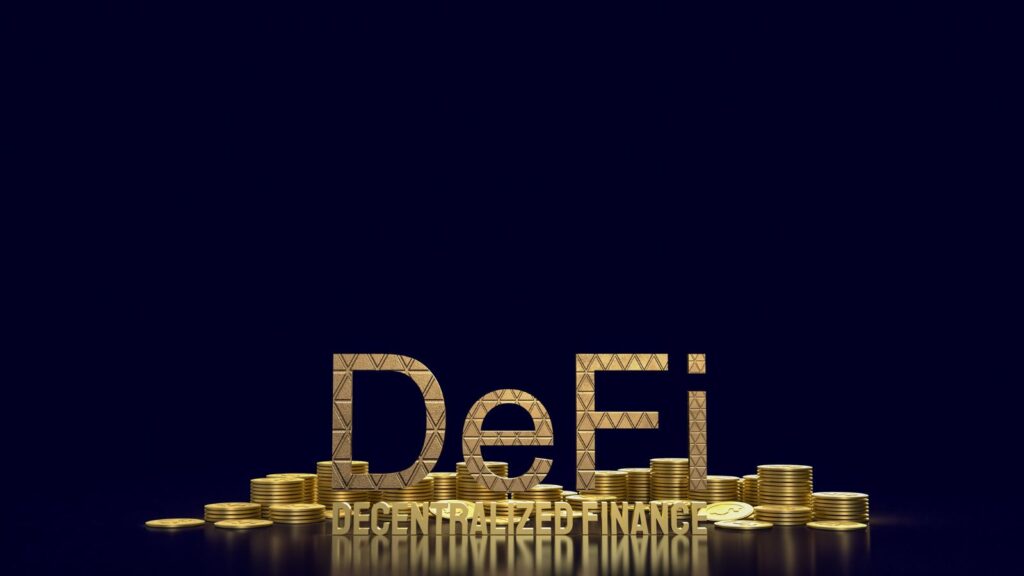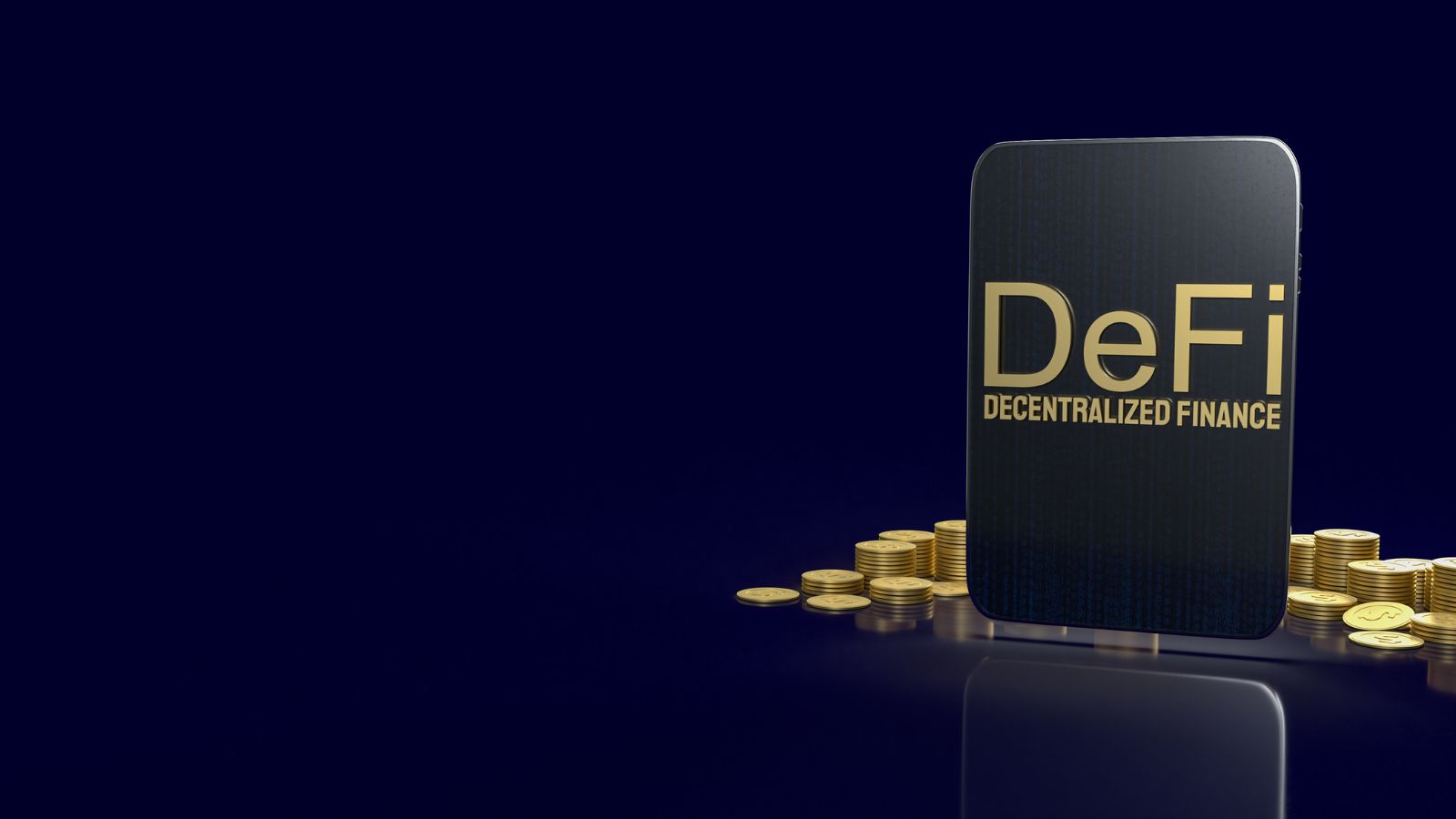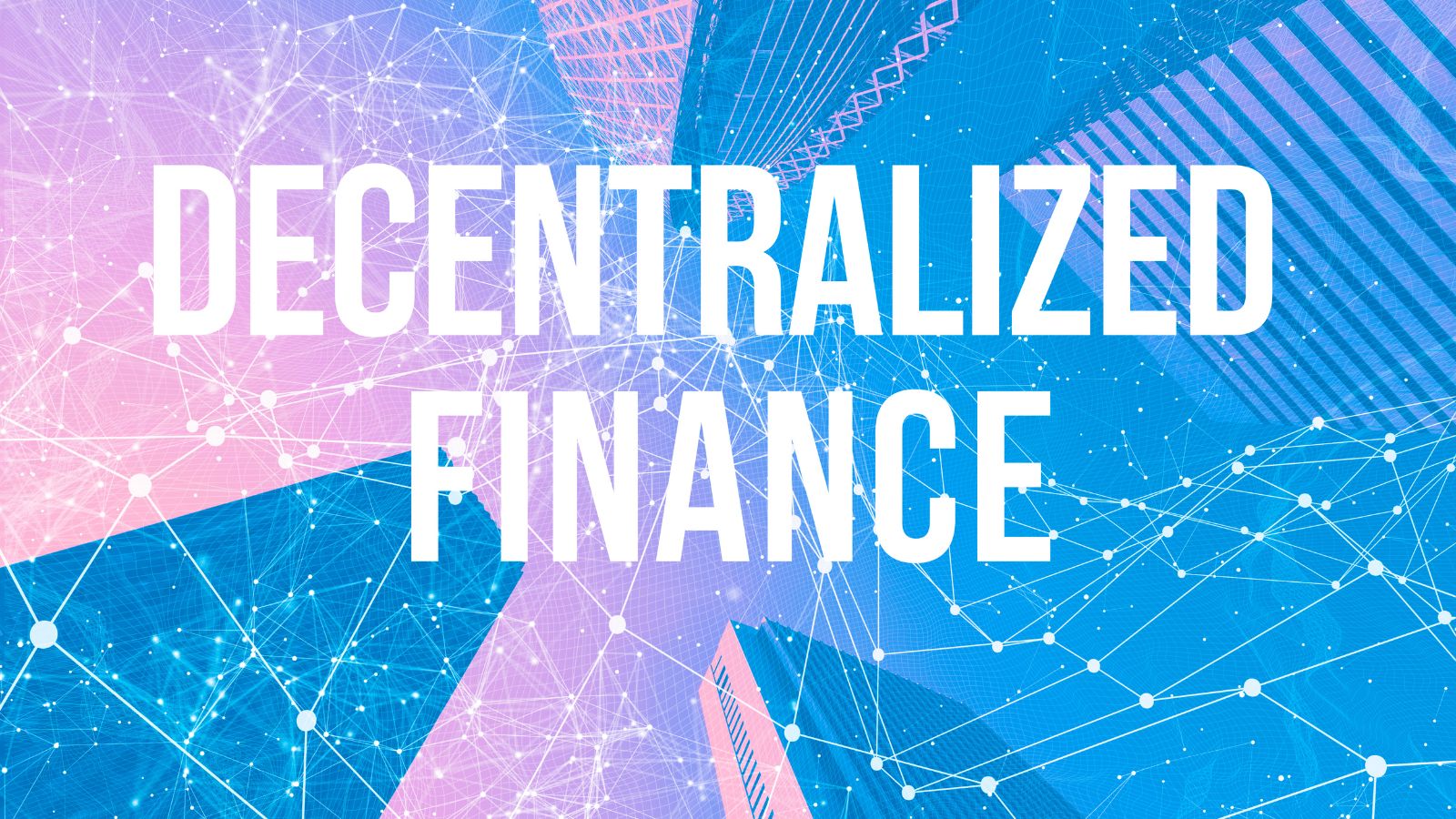Decentralized finance (DeFi) has been shaking up the financial sector, offering a fresh alternative to traditional banking. With its open-source, blockchain-driven model, DeFi eliminates intermediaries, allowing users to access financial services such as lending, borrowing, and trading without relying on banks. This innovation has sparked widespread debate—can DeFi coexist with traditional banking, or is it a disruptor that will render conventional financial systems obsolete?
Interestingly, decentralization also makes waves in other industries, including online gaming and casino platforms. Blockchain technology enhances transparency and fairness in gaming, giving players more control over their experiences. If you’re curious about how decentralized solutions transform casino gaming, read about the latest industry innovations.
The Rise Of Defi And Its Key Features
DeFi operates on blockchain technology, leveraging smart contracts to automate financial transactions without the need for intermediaries. Unlike banks, which require extensive documentation, credit checks, and regulatory approvals, DeFi platforms provide open access to financial services for anyone with an internet connection.
One of the biggest draws of DeFi is its permissionless nature. With decentralized exchanges (DEXs), lending protocols, and yield farming, users have complete control over their assets without needing approval from banks or regulatory bodies. Additionally, DeFi protocols offer transparency, as all transactions are recorded on a public ledger, reducing fraud and ensuring accountability.
The rise of DeFi has been fueled by its promise of high yields, innovative financial products, and global accessibility. Unlike traditional banks that impose restrictions on cross-border transactions and incur hefty fees, DeFi allows seamless, low-cost financial operations not limited by geographical boundaries.
While DeFi has been hailed as a game-changer, traditional banks have centuries of institutional trust and regulatory backing. The question is whether DeFi will replace banks and how the two can integrate to create a more inclusive, efficient, and transparent financial ecosystem. Read more to explore how DeFi influences traditional banking, the opportunities it presents, and the challenges that must be addressed.
The Impact Of Defi On Traditional Banking
Traditional banks increasingly recognize the potential of DeFi and have started exploring ways to integrate blockchain-based solutions into their operations. Major financial institutions already invest in blockchain technology to streamline payment processing, enhance security, and reduce operational costs.
One area where DeFi is influencing traditional banking is in cross-border payments. Banks have long struggled with slow and costly international transfers. DeFi-powered solutions such as stablecoins and blockchain-based payment networks provide a faster and cheaper alternative to traditional wire transfers, reducing settlement times from days to minutes.
Another significant impact of DeFi on traditional banking is in lending and borrowing. Traditional banks require extensive documentation, collateral, and credit history verification before approving loans. DeFi lending protocols, on the other hand, use smart contracts to automate the process, allowing users to borrow assets without intermediaries. This innovation has led to more inclusive lending, enabling people who lack access to traditional banking to participate in financial markets.
Opportunities For Integration
Despite their differences, DeFi and traditional banking can coexist and complement each other. Some financial institutions are already exploring integrating DeFi principles into their existing models. For instance, banks can leverage DeFi technology to improve efficiency and security while maintaining regulatory compliance.
One promising area of integration is the tokenization of assets. Traditional banks can adopt blockchain-based solutions to tokenize real-world assets such as stocks, bonds, and real estate, making them more accessible to retail investors. This would bridge the traditional and decentralized finance gap, allowing for greater liquidity and democratized investment opportunities.
Another potential collaboration lies in regulatory compliance. While DeFi operates largely unregulated, banks must adhere to strict financial regulations. By working together, DeFi projects and banks can develop hybrid financial models that combine the transparency and efficiency of DeFi with the security and regulatory safeguards of traditional banking.
Challenges To Overcome
Despite its potential, integrating DeFi with traditional banking comes with challenges. One of the most pressing concerns is regulatory uncertainty. Governments and financial regulators worldwide are still grappling with how to classify and oversee DeFi projects. The absence of clear regulations creates legal risks for DeFi users and institutions looking to adopt decentralized finance solutions.
Security is another significant challenge. While DeFi platforms offer greater transparency, they are not immune to hacks and vulnerabilities. Smart contract exploits and phishing attacks have led to millions of dollars in losses, raising concerns about the safety of funds in DeFi ecosystems. For traditional banks to embrace DeFi, robust security measures must be implemented to protect user assets and prevent financial crimes.
Additionally, scalability remains a hurdle. Blockchain networks often face congestion and high transaction fees, limiting their ability to process large financial transactions. For DeFi to complement traditional banking, scalability solutions such as layer-2 protocols and blockchain interoperability need to be developed and widely adopted.
The Future Of Defi And Traditional Banking
The financial landscape is evolving, and DeFi is playing a pivotal role in shaping the future of banking. While it may not replace traditional banks entirely, it offers an alternative that is more accessible, transparent, and efficient. As banks continue to explore blockchain technology and decentralized solutions, a hybrid financial system that merges DeFi’s and traditional banking’s strengths could emerge.
For this vision to become a reality, collaboration between regulators, financial institutions, and DeFi developers is essential. By addressing regulatory challenges, enhancing security measures, and improving scalability, DeFi can transition from a disruptor to an enabler of a more inclusive and efficient financial system.
Conclusion
The evolution of DeFi and traditional banking is not about competition but finding ways to coexist for a better financial future. While DeFi introduces new levels of accessibility and efficiency, traditional banks bring stability and regulatory compliance. By integrating DeFi innovations into existing economic structures, both sectors can create a more secure and inclusive global economy. The journey ahead requires collaboration, technological advancements, and a willingness to embrace change. Whether DeFi will fully integrate into traditional banking or remain a parallel financial system is yet to be seen. Still, one thing is certain—the financial world is transforming never before.



